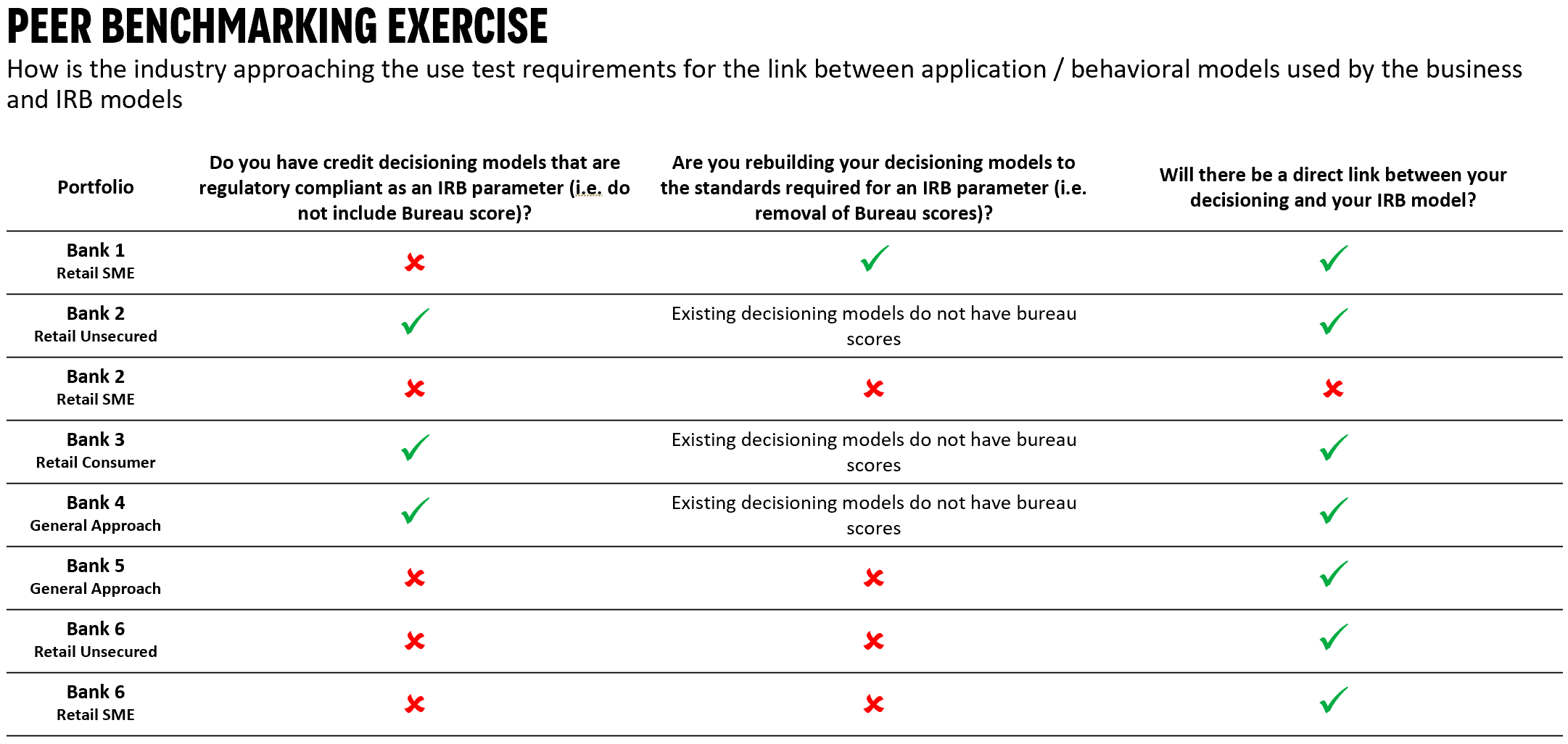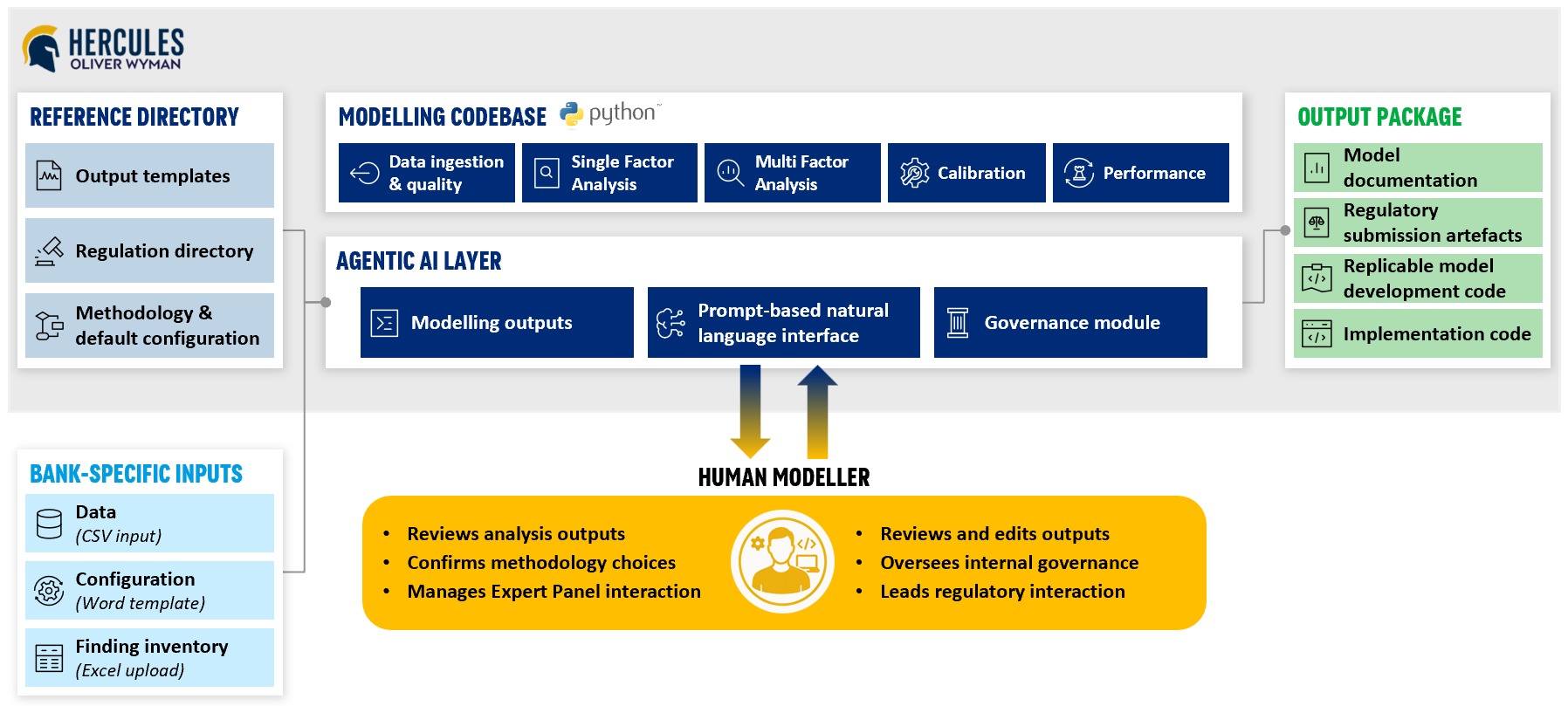-
Qualitative rating factors
Watching Ignoring Scheduled Pinned Locked Moved Internal Ratings Based (IRB) Discussion qualitative factors0 Votes8 Posts933 Views -
Are aeroplanes just ships of the sky?
Watching Ignoring Scheduled Pinned Locked Moved Credit Risk object finance0 Votes8 Posts15 Views -
Internal Risk Rating Development Questions
Watching Ignoring Scheduled Pinned Locked Moved Credit Risk cre c&i dod segmentation0 Votes7 Posts8 Views -
30th of June Oliver Wyman Wholesale Roundtable
Watching Ignoring Scheduled Pinned Locked Moved Credit Risk0 Votes6 Posts57 Views -
Quantifying MoC A for a change in the definition of default which has no impact
Watching Ignoring Scheduled Pinned Locked Moved Credit Risk0 Votes6 Posts38 Views -
PD and LGD Masterscales: MRM Classification
Watching Ignoring Scheduled Pinned Locked Moved Model Risk Management mrm masterscales pd calibration lgd calibration what is a model0 Votes6 Posts11 Views -
Compliance in risk taxonomy
Watching Ignoring Scheduled Pinned Locked Moved Regulatory Compliance compliance risk risk taxonomy risk identification0 Votes5 Posts12 Views -
Innovative way to run company Committees
Watching Ignoring Scheduled Pinned Locked Moved Risk Culture0 Votes5 Posts762 Views -
9th of October Oliver Wyman MRM/AI Roundtable Discussion Group
Watching Ignoring Scheduled Pinned Locked Moved Model Risk Management0 Votes5 Posts37 Views -
GenAI validations for banking MRM
Watching Ignoring Scheduled Pinned Locked Moved Model Risk Management mrm model risk model validation genai ai0 Votes5 Posts4 Views -
IRB approval level (Group vs Country)
Watching Ignoring Scheduled Pinned Locked Moved Credit Risk irb credit risk group vs local legal entity0 Votes5 Posts12 Views -
How deeply to evaluate Limited Partners while rating subscription finance exposures
Watching Ignoring Scheduled Pinned Locked Moved Credit Risk private credit subscription finance specialised lending0 Votes4 Posts4 Views -
Benchmarks for predictive power of retail underwriting models
Watching Ignoring Scheduled Pinned Locked Moved Credit Risk0 Votes4 Posts34 Views -
Social listening AI to identify potential scams
Watching Ignoring Scheduled Pinned Locked Moved Regulatory Compliance social media risk signals fraud risk0 Votes4 Posts14 Views -
Use test requirement benchmarking survey
Watching Ignoring Scheduled Pinned Locked Moved Credit Risk 1
0 Votes4 Posts15 Views
1
0 Votes4 Posts15 Views -
Credit risk modelling: Driving Efficiency with AI
Watching Ignoring Scheduled Pinned Locked Moved Credit Risk hercules ow credit risk modelling ai agentic ai 4
0 Votes3 Posts24 Views
4
0 Votes3 Posts24 Views -
IRB - Migration Matrix
Watching Ignoring Scheduled Pinned Locked Moved Credit Risk0 Votes3 Posts8 Views -
Use of group IRB models in EU subsidiary and representativeness
Watching Ignoring Scheduled Pinned Locked Moved Credit Risk irb group models large corporate credit risk0 Votes3 Posts6 Views -
Obligations of board toward AI risk
Watching Ignoring Scheduled Pinned Locked Moved Risk Data and Analytics ai risk board accountability0 Votes3 Posts512 Views -
FIRB scope for wholesale SME
Watching Ignoring Scheduled Pinned Locked Moved Internal Ratings Based (IRB) Discussion firb wholesale credit0 Votes3 Posts351 Views
